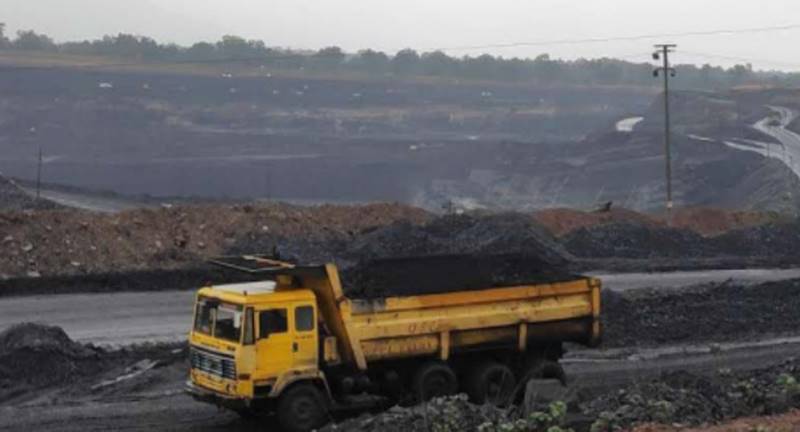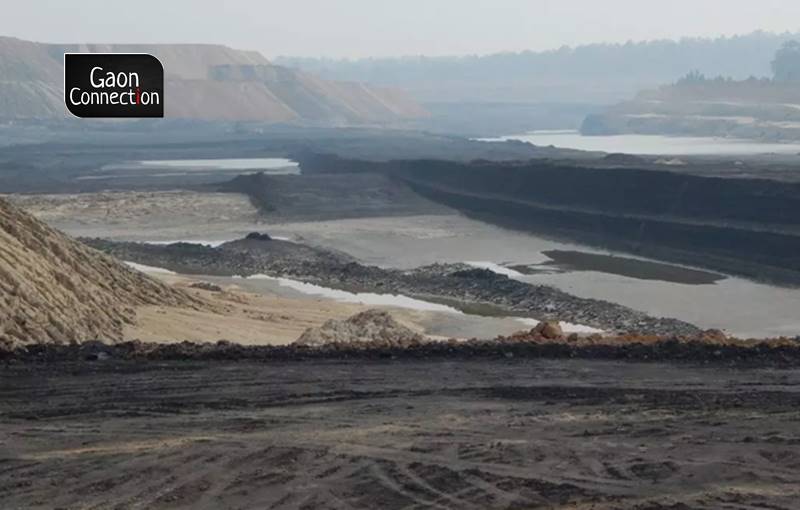More than 13 million people are dependent on the coal economy in India: NFI report calls for immediate action plan for post-coal future
There are 135 districts in India that are dependent on coal, while an estimated 13 million people are directly or indirectly linked to the coal economy. According to a report by National Foundation for India, these people will be impacted due to the impending coal transition with India committing to a phasedown of unabated coal power at COP26.


Transitioning from fossil fuel like coal to renewable sources of energy in a given time frame is likely to be a messy and complicated exercise.
The transition out of coal will have the highest impact on the people in Jharkhand, Chhattisgarh, Odisha, West Bengal, Madhya Pradesh, and Telangana in India, revealed the findings of a report titled Socio-economic impacts of coal transitions in India, released by National Foundation for India (NFI) on November 22. The report, which highlighted the bottom-up analysis of jobs in coal and coal-consuming industries, was launched by Anil Jain, Secretary, Ministry of Coal, Government of India.
India has agreed to a clause, in the recently concluded 2021 United Nations Climate Change Conference, the COP26, that calls for a phasedown of unabated coal power, while recognising the need for support towards just transitions.
Transitioning from fossil fuel like coal to renewable sources of energy in a given time frame is likely to be a messy and complicated exercise. The study revealed that more than 13 million people are employed in the coal mining, transport, power, sponge iron, steel and bricks sector.
Also Read : Looming coal crunch in India and how it can be resolved. A leading environmentalist shares his thoughts
Emphasising the importance of defining a coal transition worker that the NFI has introduced in its research, Jain said, “We need to identify the people, whose lives and careers will be impacted when transition happens, such that there is some quantification and targeting. It will give relief to local people and bring unions on board. Hence, it is not just a number but lives which are in focus for this international (Glasgow) agreement. This will help in quantifying the magnitude of the problem in many senses.”
The study outlined that at least half of all the districts in Jharkhand and West Bengal and 30 per cent of districts in Odisha and Chhattisgarh will be impacted in the next 30 to 50 years as India slowly phases out coal. The phase out in these districts will have political, social, economic, and financial consequences, especially for communities where coal mining has been a way of life for the past 200 years.

Talking about how the nation’s most marginalised communities shouldn’t suffer from the energy transition, Biraj Patnaik, the Executive Director at NFI said, “Some of India’s most marginalised communities have suffered from the resource curse for close to a century. As we move towards a more climate resilient future, we must make sure they do not suffer the double whammy of an energy transition that leaves them behind, yet again. Our report from the Phase I of our work on climate change tells us that India has to develop its own idiom and approach to climate change and just transition”
The NFI study also assessed that there are 266 districts, at the national level, that have at least one asset linked to the coal sector.
Out of these 266 districts, 135 districts have two or more assets dependent on coal such as coal mine, thermal power plant, sponge iron plant, or a steel plant that are vulnerable to a coal phasedown.
The study stated that a phasedown and phaseout plan will necessitate district level, cross-sectional mapping exercises of coal and coal-related assets to plan transition policies. It added that these 135 districts will need to be made productive again through regional and local strategies and the current governance structure is unlikely to yield results.
Going beyond physical assets, India will also need to align retraining and reskilling policies that match labour profiles across different sectors, it added.
A similar sentiment was echoed by Chandra Bhushan, a leading environmentalist, who told Gaon Connection in an episode of Gaon Cafe that there’s a pressing need to restructure the economy if we want to reduce coal dependence. “We need to provide people with an alternative livelihood because the districts (that are dependent on coal) are mono-industry dependent. Without economic transition, if we close down coal then all these districts will witness social and economic depression,” he warned.
“Some job profiles like coal transport or coal handling at power and iron steel units, are more vulnerable than others during a phaseout in these industries. Even with retraining or reskilling you cannot have a one-shoe-fits-all approach because as the study shows the socio-economic indicators and skill levels differ across job profiles and industries,” said Swati D’Souza, the lead author of Socio-economic impacts of coal transitions in India.
Noting India’s commitment to attain net-zero by 2070, the report said that given the target date of 2070, and endorsements on clean technology, the mines which produce 85 per cent of the coal in the country will likely be running for the next 20 to 30 years.

